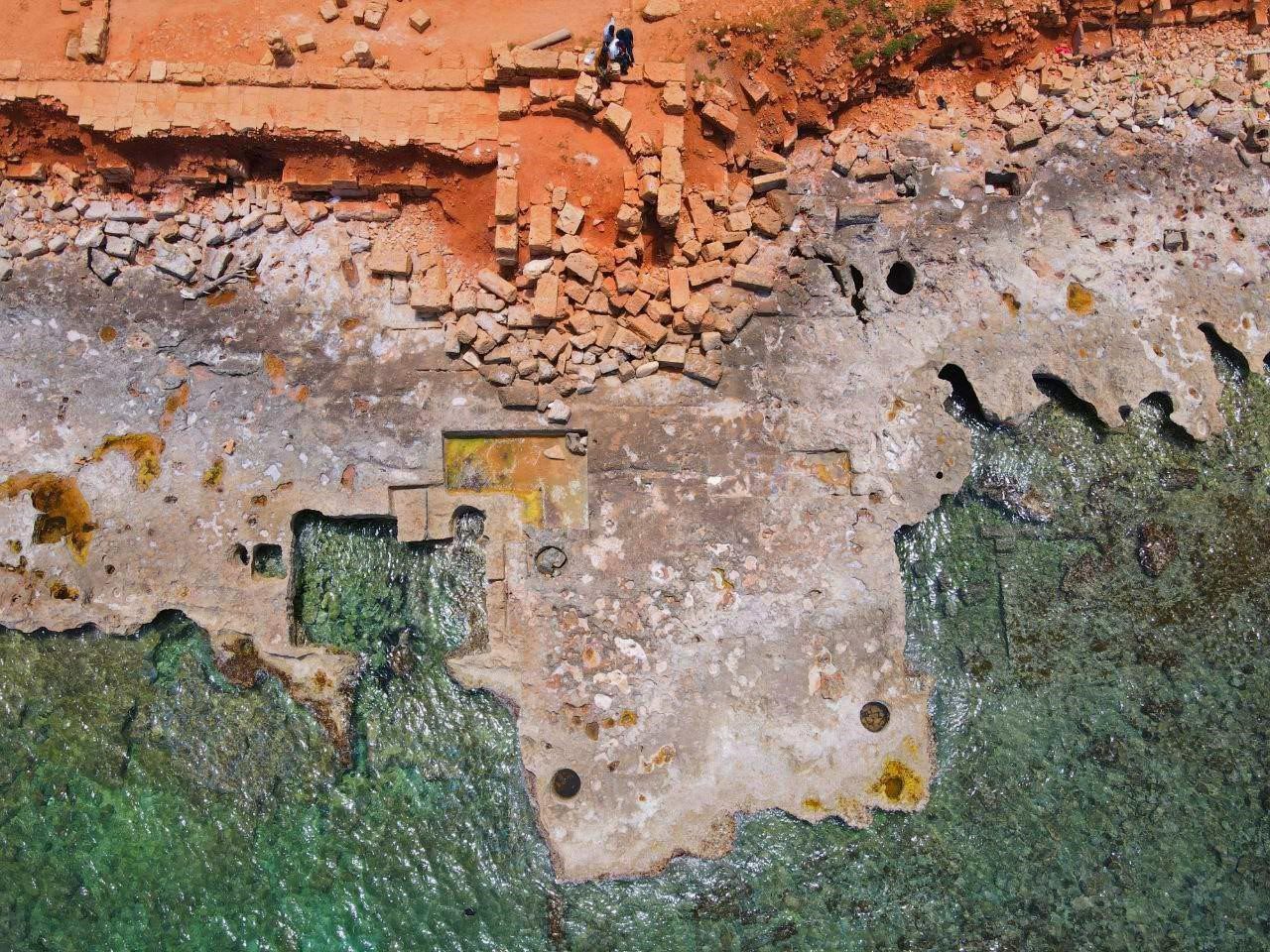A study published in the open-access journal PLOS ONE, reveals that escalating coastal erosion poses a threat to the preservation of archaeological sites located along the Libyan shoreline.
Eastern Libya’s Cyrenaican coast, spanning from the Gulf of Sirte to the current border between Libya and Egypt, boasts a rich history of human habitation dating back to the Palaeolithic era. As a result, it is home to a multitude of significant archaeological sites, many of which have yet to be thoroughly studied.
Nonetheless, the coast is subject to frequent and severe erosion, posing a threat to the preservation of these invaluable sites. Although comprehensive evaluations of coastal erosion and the susceptibility of archaeological sites have been conducted for other notable shorelines, such investigations are yet to be conducted for this region.
By employing a combination of historical and contemporary data sources such as aerial and satellite imagery and on-site observations, this research analysed erosion patterns along the Cyrenaican coast, specifically in close proximity to significant archaeological sites.
The team’s investigation revealed that the areas surrounding Apollonia, Ptolemais, and Tocra are undergoing severe shoreline erosion, with the rate of erosion progressively intensifying in recent years. Such degradation is believed to be a result of human actions such as urbanisation and sand mining.
The study demonstrated that the current rates of coastal erosion are already a significant concern for these archaeological sites, and that these rates are expected to escalate in the future due to rising sea levels brought on by climate change and additional human activities. As a consequence, these sites are in danger of gradual damage and the loss of invaluable historical information.
According to the paper authors: “The impact of erosion here is considerable and could get worse in the future. Our research highlights the critical need to support our Libyan colleagues in mitigating the damage to these endangered and irreplaceable heritage sites.”
https://doi.org/10.1371/journal.pone.0283703
Header Image Credit : Saad Buyadem, CC-BY 4.0





